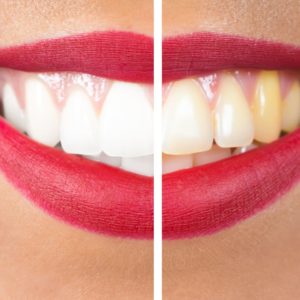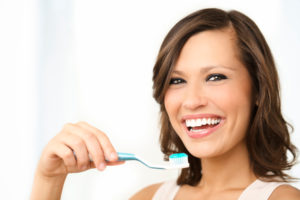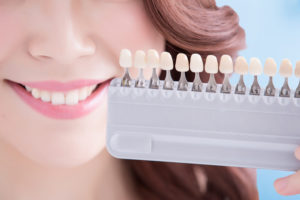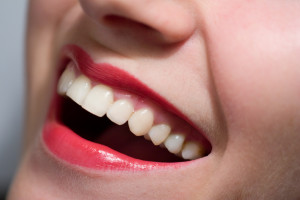 If you find yourself avoiding social situations where photos are taken because of your imperfect smile, you are not alone. Many patients who visit Dr. Kenneth Egger of Mount Pleasant, MI, feel self-conscious about the appearance of their smile and experience disappointment. However, imperfections such as stained and yellowed teeth can be improved with or without the assistance of a dentist. Dr. Kenneth Egger and his team are dedicated to educating patients on their options for a whiter, brighter smile!
If you find yourself avoiding social situations where photos are taken because of your imperfect smile, you are not alone. Many patients who visit Dr. Kenneth Egger of Mount Pleasant, MI, feel self-conscious about the appearance of their smile and experience disappointment. However, imperfections such as stained and yellowed teeth can be improved with or without the assistance of a dentist. Dr. Kenneth Egger and his team are dedicated to educating patients on their options for a whiter, brighter smile!
- Over-the-counter whitening kits. Many patients with mild discoloration of the natural tooth enamel may find that over-the-counter whitening products in the oral care aisle are effective at boosting brilliance and beauty to the natural teeth. These may be used as strips, trays, or pens that brighten the smile over several treatments.
- Porcelain veneers. Teeth that are more permanently or deeply stained and do not respond well to over-the-counter whitening kits may be covered with porcelain veneers. These are very thin ceramic facings that are customized for the natural tooth and bonded in place, disguising problems such as staining, breakage, and imperfect shape and size.
- Dental bonding. While veneers are a reliable way to cover imperfections of the smile, they do require more appointments and can be more costly than other cosmetic treatments. In certain situations, Dr. Kenneth Egger might recommend dental bonding. This is the use of a composite bonding material applied to the tooth, cured with a special light, and filed and polished to appear just like natural tooth enamel. This is all done in a single appointment, allowing patients to make subtle or dramatic changes to their appearance.
- Tooth-colored fillings. In addition to staining, patients with metal or silver amalgam fillings will have noticeable areas where decay has been treated. Our team will recommend our composite resin fillings, which blend in with the smile and are hard to detect by others.
Do not hesitate to learn more about ways to maintain a beautiful smile!
Dr. Kenneth Egger and his team in Mount Pleasant, MI, are available to help you learn about ways to enhance your smile’s appearance, including its brilliance and beauty. Call 989-773-3560 to request an appointment at our practice for more information.





 even your self-confidence.
even your self-confidence.